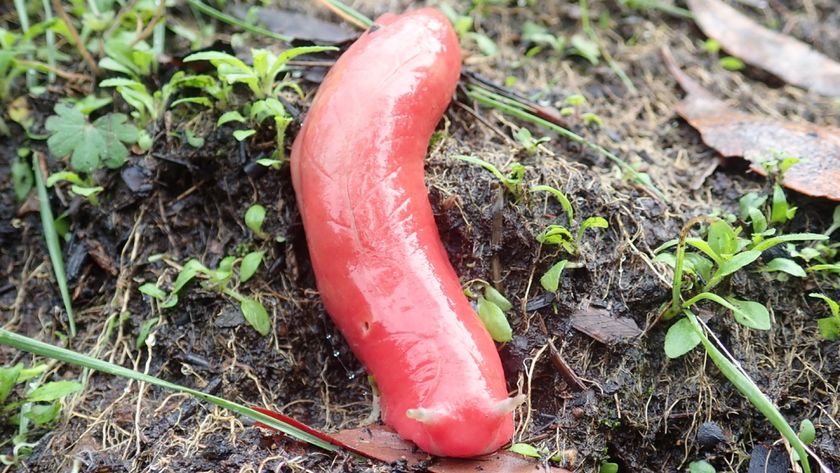
The Rare and Exotic Animals of Russia's Far East (Photos)
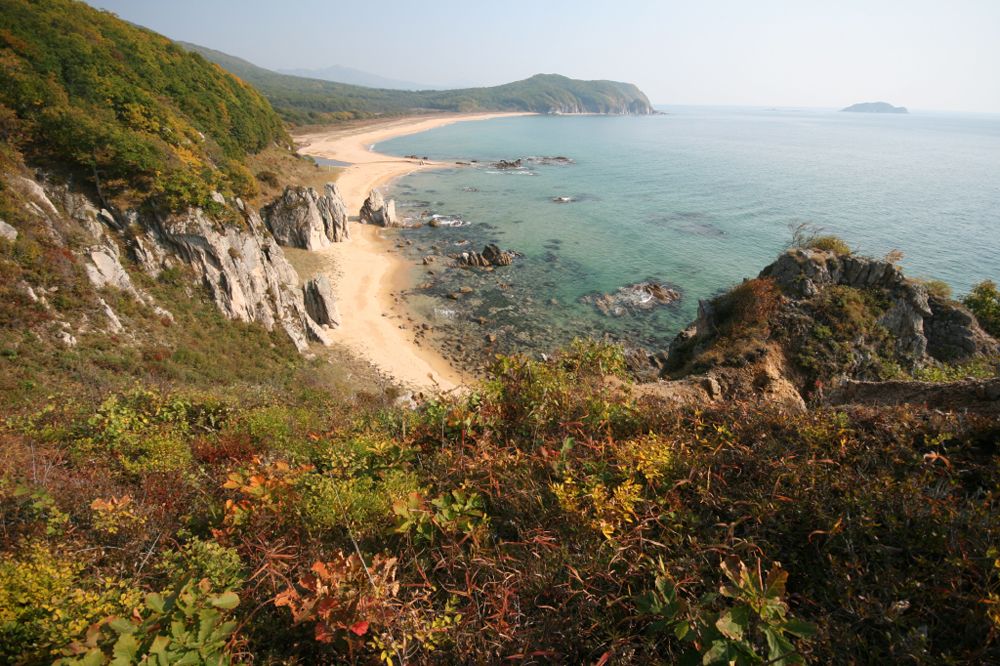
Jonathan Slaght is projects manager for Wildlife Conservation Society (WCS)'s Russia program. Julie Larsen Maher is staff photographer for WCS, the first woman to hold the position since the society's founding in 1895. In addition to documenting her field visits, Maher photographs the animals at WCS's five New York-based wildlife parks: the Bronx Zoo, Central Park Zoo, New York Aquarium, Prospect Park Zoo and Queens Zoo. The authors contributed this article to Live Science's Expert Voices: Op-Ed & Insights.
This isn't the Siberia you think you know.
In fact, it's not Siberia at all: In Russia, most territory east of Lake Baikal — that chasm of fresh water in the middle of the country — is the Russian Far East, not Siberia. It's a vast region about twice the size of India, an unfathomable expanse of forest intersected by clean rivers and inhabited by very few people. Indeed, the entire Russian Far East has a human population of just more than six million people — about two million fewer than New York City.
The southern fringe of this poorly-known and little-visited corner of the globe is one of the most biologically-rich temperate forest zones in the world, an enclave for some of the rarest animals and plants on Earth.
Here, northern temperate and boreal mammals such as brown bears, Eurasian lynx, and red deer overlap with subtropical species such as Amur tigers, Amur leopards, and Asiatic black bears. Of the nearly seven hundred bird species found in the former Soviet Union, about half occur in the southern Russian Far East. As many as one hundred terrestrial endangered species call this place home, meaning that 30 percent of all endangered species in Russia are concentrated in only one percent of the country's vast territory. Up to 48 of these species (15 percent of all endangered species in Russia) are endemic — they occur nowhere else.
The region's unique assemblage of natural communities, along with the long list of threatened and endangered species (including many of global significance), make this region of crucial importance to global biodiversity conservation.
Here, we highlight some of the southern Russian Far East's rare, endangered, and unique animals.
Sign up for the Live Science daily newsletter now
Get the world’s most fascinating discoveries delivered straight to your inbox.
Home sweet home
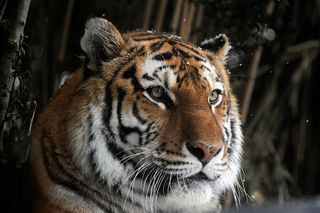
Nearly all of the 500 or so Amur tigers in the wild live in the southern Russian Far East, with a small proportion in neighboring northeast China. (Credit: Photograph Julie Larsen Maher, © WCS.)
Large fowl
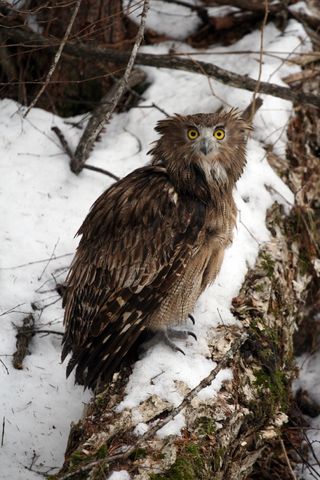
Blakiston's fish owls feed mostly on salmon, which are common in the rivers of the southern Russian Far East. These massive, endangered owls live here year-round, enduring sweltering summer heat waves and winter temperatures that dip to -30 degrees Celsius or more. (Credit: Photograph © Jonathan C. Slaght, WCS Russia.)
Highly endangered
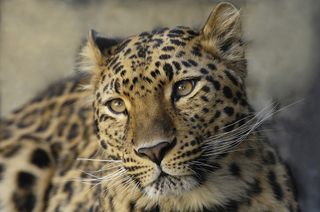
With an estimated 60 to 80 animals roaming the forests of the southern Russian Far East and adjacent China, Amur leopards are the most endangered big cat in the world. (Credit: Photograph Julie Larsen Maher © WCS.)
Natural architects
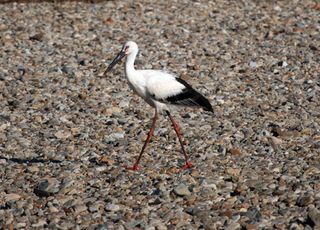
Oriental white storks, an endangered species, build enormous stick nests on trees among the marshy lowlands of the Ussuri and Amur River basins in the southern Russian Far East. (Credit: Photograph © Jonathan C. Slaght, WCS Russia.)
Cliff-dwellers
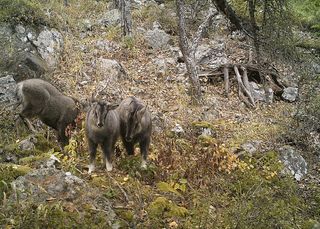
The largest population of long-tailed goral in the world are found in the southern Russian Far East, where 700 to 900 of these animals use sheer cliffs along the Sea of Japan coast as refuges from predators. Although goat-like in appearance, gorals are more closely related to antelope. (Credit: Photograph courtesy Sikhote-Alin Biosphere Reserve.)
A unique creature
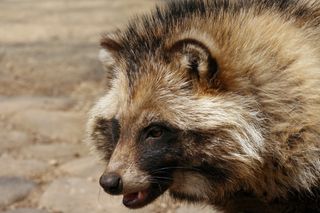
Raccoon dogs are a common species in the Russian Far East with an uncommon trait: they are the only members of the dog family that hibernate in winter. (Credit: Photograph © Jonathan C. Slaght, WCS Russia.)
Big birds
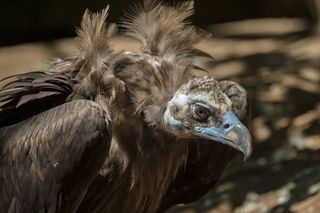
With 10-foot (3-meter) wingspans and weights of up to 25 pounds (11.5 kilograms), cinereous vultures are simply enormous. This largest of the Old-World raptors breeds throughout Central Asia, Mongolia and China — with a small number (usually juveniles) spending their winters along the Sea of Japan coast in the southern Russian Far East. (Credit: Photograph Julie Larsen Maher © WCS.)
Majestic flyer
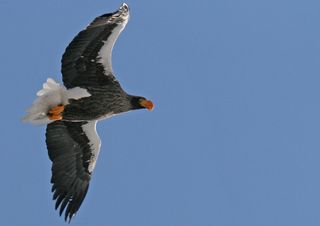
The Steller's sea eagle is the largest eagle species in the world. It breeds in the northern Russian Far East, but many winter along the Sea of Japan in the southern Russian Far East, where they feed on carcasses of autumn-run salmon. (Credit: Photograph © Jonathan C. Slaght, WCS Russia.)
Cousins
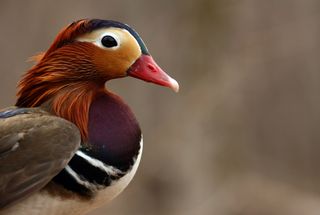
Mandarin ducks, which are closely related to the wood ducks of North America, nest in tree cavities and eat acorns from Mongolian oak trees. (Credit: Photograph © Jonathan C. Slaght, WCS Russia.)
Moon bears
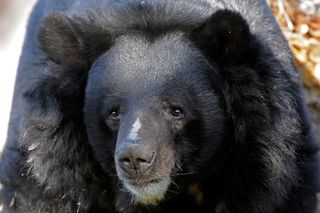
Asiatic black bears, also known as moon bears, live throughout southeast Asia and only barely extend their range into Russia, where they are occasionally hunted by Amur tigers. (Credit: Photograph by Julie Larsen Maher ©WCS.)
A local
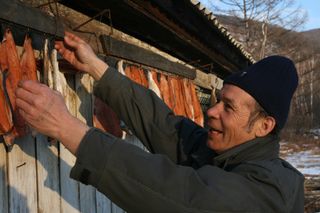
Many villagers in the southern Russian Far East rely on the land to supplement their incomes or to survive the long winters. Here, a fisherman hangs sides of salted salmon under his cabin eaves to dry in the winter sun. (Credit: Photograph © Jonathan C. Slaght, WCS Russia.)
Beauty abounds
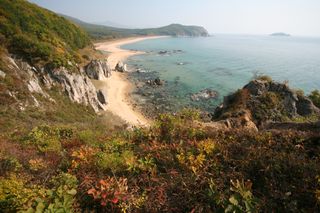
Lush forests, sandy beaches and emerald waters are not what many people expect to see when they think of Russia. In fact, the southern Russian Far East has greater biodiversity than any other temperate region in the world. (Credit: Photograph © Jonathan C. Slaght, WCS Russia.)
Read more about these animals and Jonathan Slaght's work in a recent interview by Julie Larsen Maher, his Russian Far East blog and WCS's Wild View series.
Follow all of the Expert Voices issues and debates — and become part of the discussion — on Facebook, Twitter and Google+. The views expressed are those of the author and do not necessarily reflect the views of the publisher. This version of the article was originally published on Live Science.
